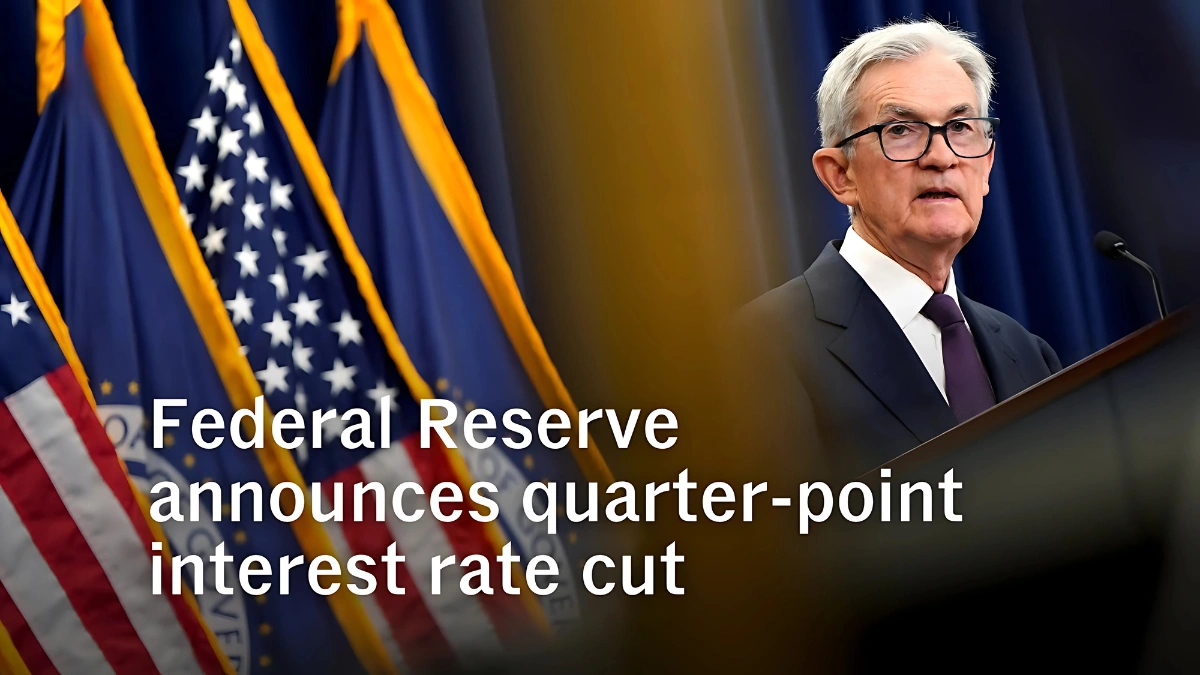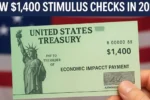The U.S. Federal Reserve has announced a quarter point interest rate cut, lowering its benchmark federal funds rate to the 4.00%–4.25% range. This marks the first rate cut since December 2022, signaling a shift in policy as the central bank looks to balance slowing growth with stubborn inflation. Officials also hinted that two more cuts could follow later this year.
Why Did the Fed Cut Rates Now?
Recent data shows that job growth in the U.S. has cooled, wage pressures have moderated, and unemployment risks are rising. Inflation has eased compared to its peak but is still above the Fed’s 2% target. By trimming rates, the Fed aims to support the labor market while keeping inflation in check. This is seen as a risk-management strategy, not an emergency move, to prevent economic slowdown from getting worse.
How Rate Cuts Affect Borrowing and Spending
For everyday people and businesses, a rate cut generally means:
- Cheaper loans: Borrowing for mortgages, car loans, and business expansion could become slightly more affordable.
- Refinancing opportunities: Homeowners and businesses may find it attractive to refinance existing loans.
- Boost for growth: Lower rates encourage spending and investment, which supports overall economic activity.
What About Savers and Investors?
While borrowers may cheer, savers could feel the pinch. Banks and financial institutions may offer lower returns on savings accounts, fixed deposits, and bonds. On the other hand, stock markets often react positively to rate cuts because cheaper borrowing helps businesses grow, and investors tend to shift money away from low-yield savings into equities.
Will This Lower Prices and Inflation?
A common question is whether rate cuts bring down prices at the grocery store or fuel pump. The answer is: not directly and not immediately. Rate cuts stimulate demand, which can sometimes add upward pressure on prices. However, the Fed believes the economy is stable enough for this move without sparking runaway inflation.
Global Impact: Why It Matters Beyond the U.S.
Because the U.S. dollar is the world’s reserve currency, a Fed rate cut impacts global markets. Countries like India may see changes in foreign capital flows, currency exchange rates, and import/export costs. Investors across the globe watch Fed decisions closely because they set the tone for financial markets worldwide.
What It Means for You Personally
If you’re in debt or planning a big purchase, lower interest rates may save you money. If you’re a saver, expect lower yields on deposits and bonds. If you’re an investor, watch for possible stock market gains as cheaper borrowing boosts corporate earnings.
Conclusion: The Fed’s quarter-point interest rate cut marks a turning point in U.S. monetary policy. It reflects both optimism that inflation is easing and caution that the economy may be losing steam. For individuals, the move carries mixed effects cheaper borrowing but weaker savings returns. Globally, the ripple effects will be felt across currencies, trade, and capital markets.
Disclaimer: This article provides general financial information and should not be taken as professional investment advice. Always consult a financial advisor before making investment or borrowing decisions.
Read More:
- New $1,400 Stimulus Checks in 2025 – Eligibility and IRS Payment Date
- $725 Stimulus Deposit 2025: September Payment Dates and How to Fill the Form Online
- USA’s New Firearm Rules Just Announced – What They Mean for You
- $2,000 Fourth Stimulus Check Being Issued – Know Eligibility and Deposit Date
- Farewell to Retirement at 67 – New Social Security Age Reshapes Retirement in the U.S.




